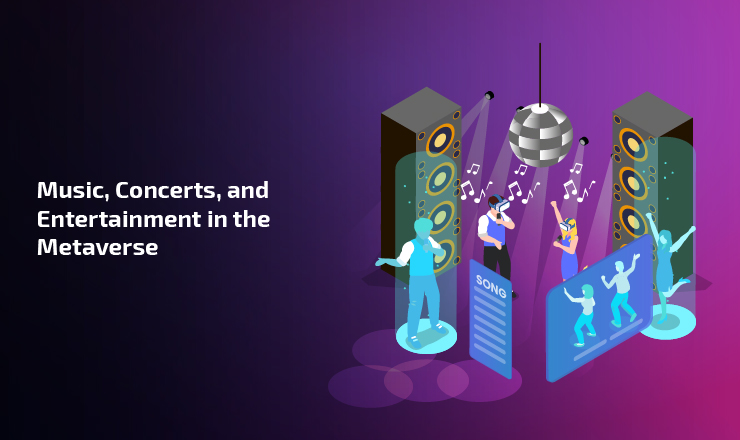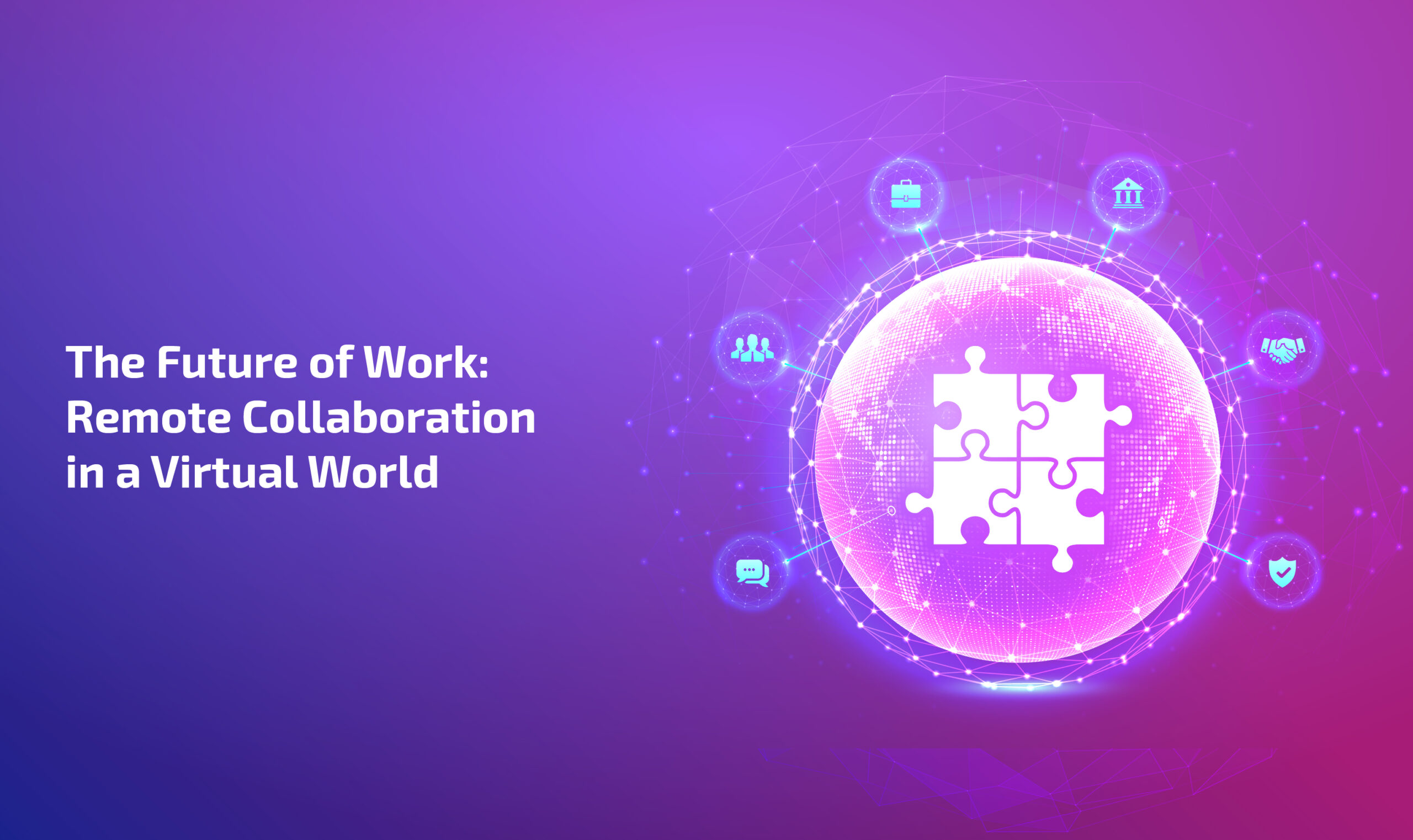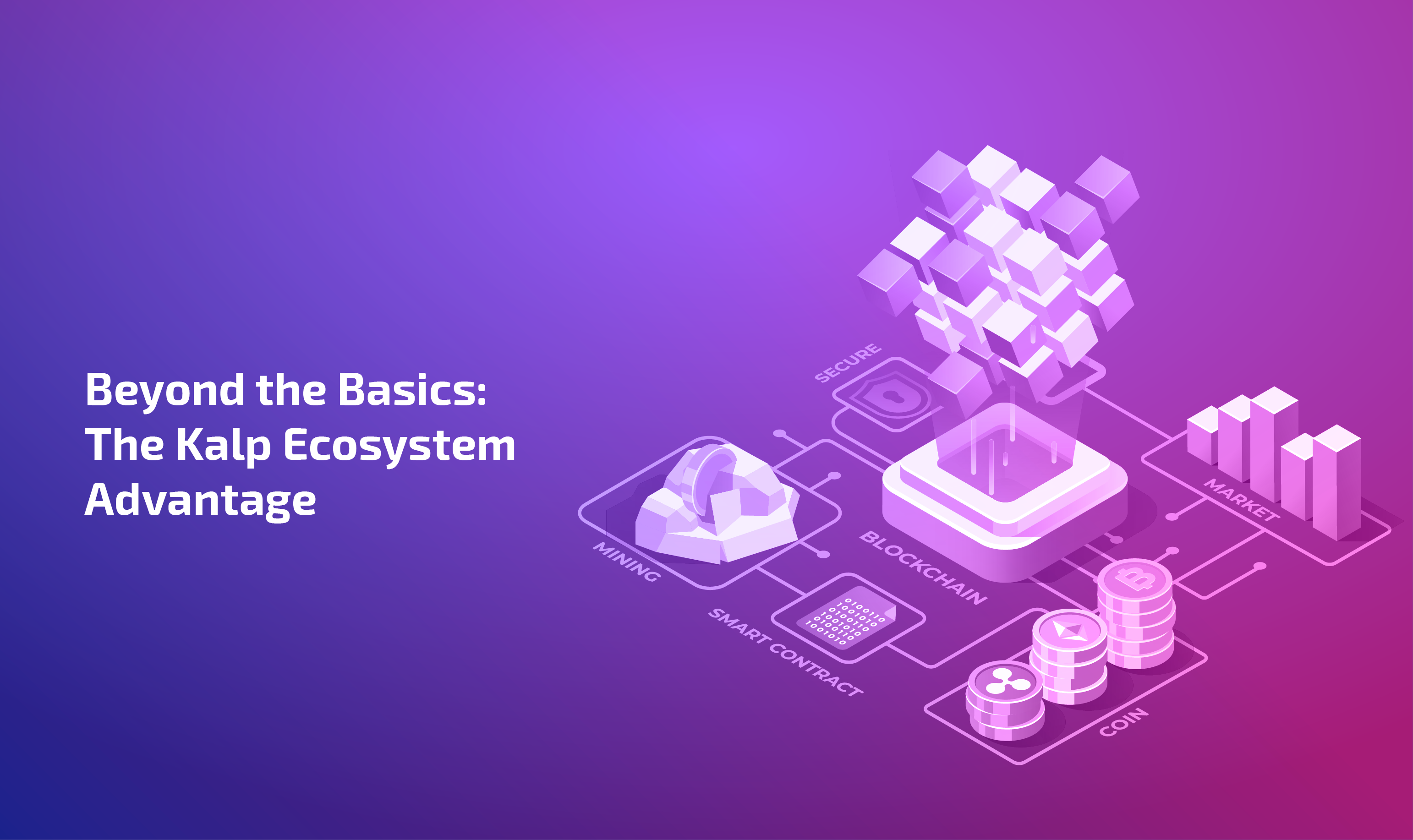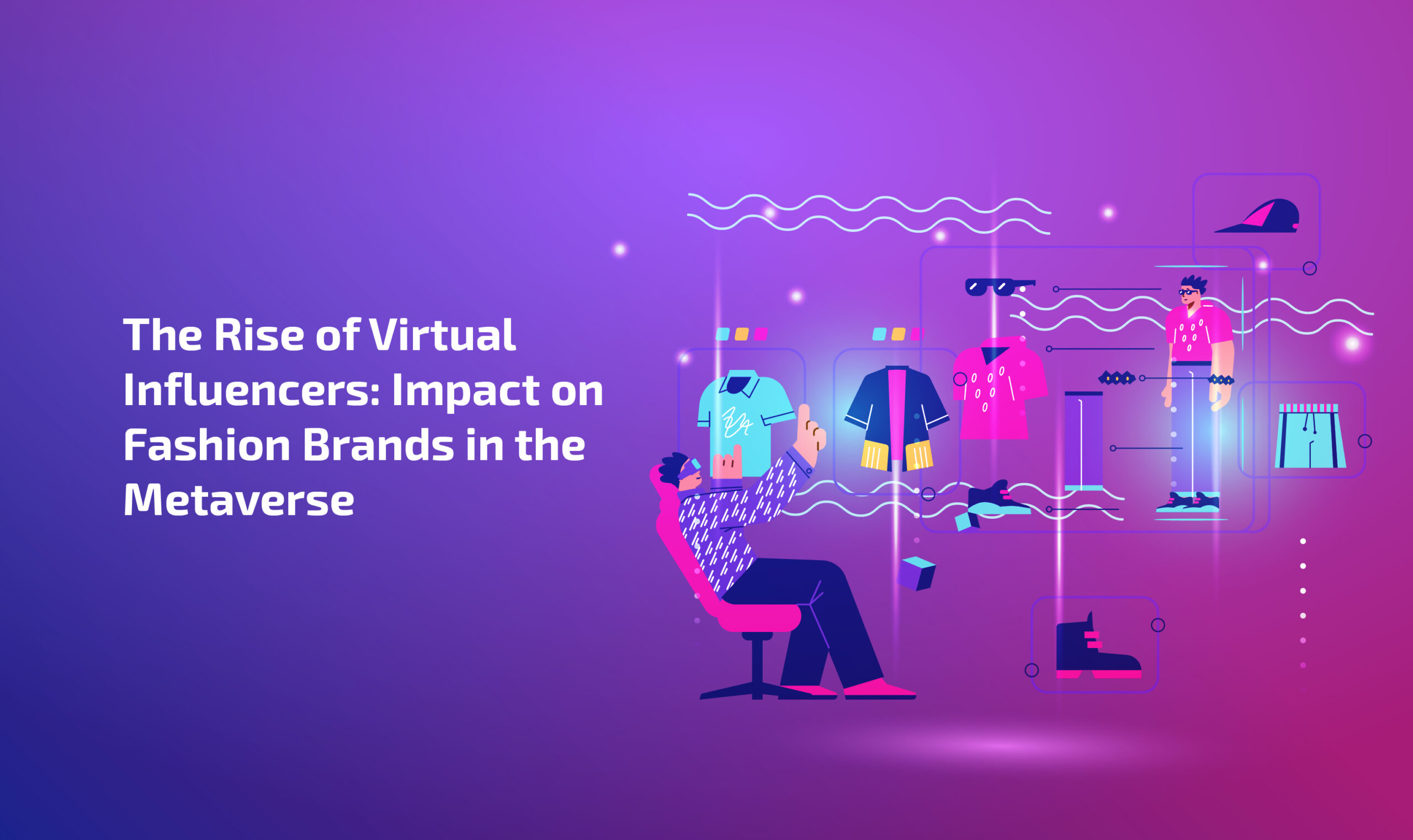
The scope of entertainment in the metaverse is vast and holds significant potential for innovation and creativity. The metaverse refers to a collective virtual shared space, often created by combining physical and virtual reality. In this immersive digital environment, various forms of entertainment can thrive.
One of the popular immersive exhibits we can cite here is Van Gogh: The Immersive Experience. Who would have thought that stepping into a painting could be possible? And what would Vincent have thought about these “experiences”? As someone who failed to sell his paintings, the idea is unbelievable. It’s like entering a portal to another world from the artist’s canvas.
Given that the metaverse is an immersive Internet, it’s no surprise that VR/AR headsets will be a way to experience the 3D worlds. And, with Metaverse platforms like MAI, it is a place to set an interactive narrative experience in unique environments. This stands true for all aspects of entertainment and not just live events.
MAI can be your dream destination to feature immersive experiences, gamification, sculptures, and interactive spaces with dazzling displays of light, color, and sound. It is a level-playing platform for artists and collaborators working to open a new era of opportunity for the creative economy.
In this regard, it is imperative to grasp the distinctions in the terminology related to the various experiences one can encounter within the metaverse. Let’s begin by elucidating these differences.
Music, Concerts, Events, and More: Decoding the Terms
Music, concerts, events, entertainment, etc., are forms of celebration for social interactions, but we often use them interchangeably. Here’s a general hierarchy that illustrates how they may relate to each other:
1. Entertainment: A broad term encompassing various activities or performances designed to amuse, entertain, or provide enjoyment to an audience. Examples: Movies, TV shows, live performances, sports, gaming, and other forms of leisure activities.
Metaverse POV: Entertainment transcends passive consumption in the metaverse. It becomes active participation, allowing users to interact with content, personalize experiences, and even co-create them with others in real-time.
2. Events: Gatherings or occurrences that are organized for a specific purpose, often for entertainment, social, cultural, or business reasons. Examples: Corporate events, weddings, conferences, trade shows, and other organized activities.
Metaverse POV: Events transcend physical limitations in the metaverse. They can bring people together from anywhere in the world, offer unique virtual environments, and incorporate interactive elements that enhance the shared experience.
3. Concerts: Live music performances by one or more artists or bands in front of an audience. Examples: Rock concerts, classical music performances, pop concerts, and music festivals where multiple artists perform.
Metaverse POV: Concerts become multi-sensory journeys for the metaverse users. Attendees can interact with performers, explore different virtual stages, and even participate in creating the visual or musical aspects of the experience.
4. Festivals: Large-scale, often multi-day events featuring a variety of performances, activities, or celebrations, typically centered around a specific theme or type of entertainment. Examples: Music festivals (e.g., Coachella, Lollapalooza), film festivals, cultural festivals, and art festivals.
Metaverse POV: Festivals transcend geographical boundaries and physical limitations in the metaverse. They can create unique, interconnected virtual worlds with diverse activities, fostering a sense of community and shared celebration.
5. Music: Refers to vocal or instrumental sounds (or both) merged to produce beauty of form, harmony, and emotional expression. Examples: Virtual concerts with interactive elements, 3D music videos, personalized sound environments.
Metaverse POV: An immersive experience focused on enjoying music in a 3D virtual environment, often incorporating interactive elements, visual effects, and personalized sound atmospheres. It goes beyond simply listening to music and creates a unique, multi-sensory experience.
The metaverse company is showing interest in creating unique possibilities for combining these elements. For example, an educational exhibit that takes the form of a live event or a music experience that integrates elements of an art gallery.
It is important to note that as the metaverse develops, these distinctions might become even blurrier. Thus, in the future, we are talking about the metaverse leading to even more innovative and immersive entertainment experiences.
Additional Immersive Activities include:
Apart from the above standard shows, we have new forms of activities that can make the metaverse experience truly wow! Let’s understand it:
Exhibits: An interactive and engaging exploration of information or artifacts within a virtual space. Like traditional museums or exhibitions, but with added virtual elements for deeper immersion and interactivity.
Examples:
- Visiting a virtual museum where you can walk through recreated historical periods, manipulate 3D models of artifacts, and access additional information through interactive displays.
- Exploring a virtual art gallery where you can get close to paintings, hear audio commentary, and interact with other visitors’ avatars.
- Participating in a virtual educational tour where you can travel through different ecosystems, interact with virtual animals, and learn through fun, immersive activities.
Live Events: Participating in a real-time, shared experience with others in a virtual environment. Like traditional live events like concerts or theatre performances, with the added potential for virtual elements and enhanced audience interaction.
Examples:
- Attending a stand-up comedy show in a virtual auditorium where you can interact with other audience members using avatars and laugh together in real time.
- Experiencing a fashion show where you can see models wearing virtual clothes, customize your own avatar’s outfit, and vote for your favorite designs.
- Participating in a live game tournament where you compete against others in a virtual arena and cheer for your favorite players.
Live Streaming: Broadcasting a real-time event to a virtual audience within the metaverse. Similar to traditional live streams, but with the potential for audience participation and virtual world customization.
Examples:
- Watching a live concert streamed to a virtual venue where you can interact with other fans, explore different viewing angles, and participate in chat discussions.
- Attending a sporting event with a virtual audience where you can choose your viewing angle, interact with other fans, and participate in polls or predictions.
- Watching a conference with interactive elements like asking questions in real-time, networking with other attendees in virtual spaces, and accessing speaker presentations in 3D environments.
Virtual Broadcasts: Pre-recorded content presented in an immersive and potentially interactive virtual environment. It takes pre-recorded content like documentaries, films, or lectures and adds a virtual world layer for a more engaging experience.
Examples:
- Experiencing an educational lecture in a virtual classroom where you can interact with 3D models, take notes in a virtual whiteboard, and discuss the content with other attendees.
- Watching a documentary about ancient civilizations while virtually exploring reconstructed historical sites and interacting with artifacts.
- Attending a film screening in a virtual cinema where you can choose your seat, chat with other moviegoers, and experience the film in a more immersive environment.
These definitions clearly explain the key differences between these metaverse entertainment terms. Remember, the lines between them can blur in practice, creating exciting and innovative experiences that combine elements from multiple categories.
Way to go!
The future of digital live entertainment will only grow stronger. It’s time to evaluate monetization strategy and the need to utilize blockchain technology to drive community. With its mayaa-verse as a product, MAI has positioned itself precisely as a platform for creating immersive events. The platform offers features like high-quality 3D environments, spatial audio, and interactive elements, which could be well-suited for concerts, festivals, exhibits, and other event types you mentioned.
FAQs for Using MAI for Your Metaverse Events
Q1: What are the pricing options for using MAI for our metaverse events?
MAI offers flexible pricing options tailored to your specific needs and budget. Whether you’re hosting a small gathering or a large-scale event, MAI provides cost-effective solutions to suit your financial constraints.
Q2. Do I need advanced technical skills to set up and manage events in MAI?
Not at all! MAI’s interface and user-friendly tools make event management a breeze, even for those with little technical knowledge. Our support team is also available to assist you every step of the way.
Q3. Will my target audience be able to access MAI easily?
MAI is accessible to a wide range of audiences across various metaverse platforms. Whether your audience prefers virtual reality (VR), desktop, or mobile experiences, MAI ensures seamless accessibility for all participants.
Q4. What features does MAI offer to enhance our events?
MAI provides many features and functionalities to elevate your metaverse events, including hyper-realistic avatars, interactive environments, real-time communication tools, and immersive experiences. Whether hosting virtual conferences, team-building activities, or social gatherings, MAI offers everything you need to create memorable and engaging events.
We consider your budget and weigh the pricing against the platform’s value proposition. With MAI, you can elevate your events to create unforgettable experiences for your audience.








